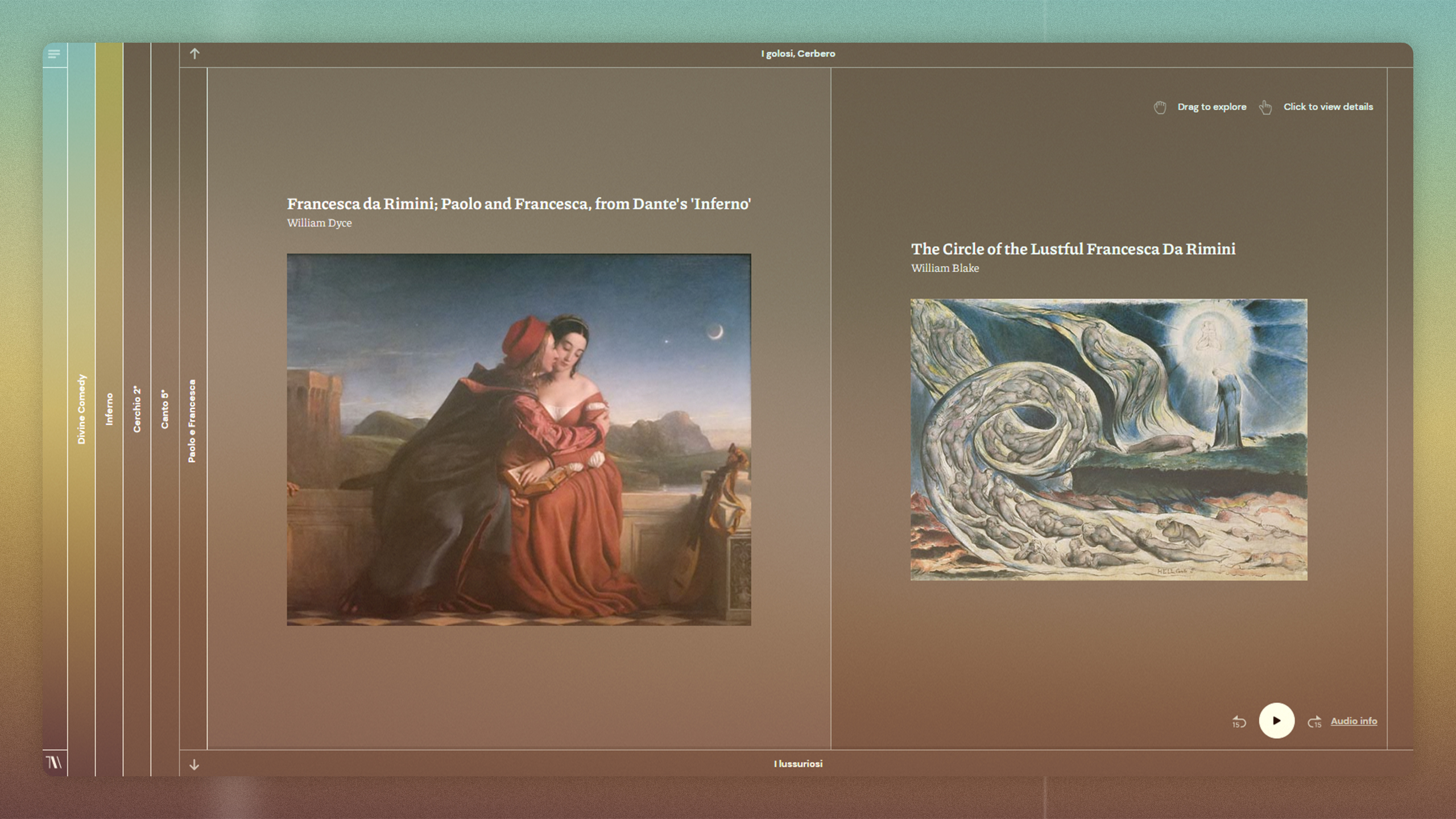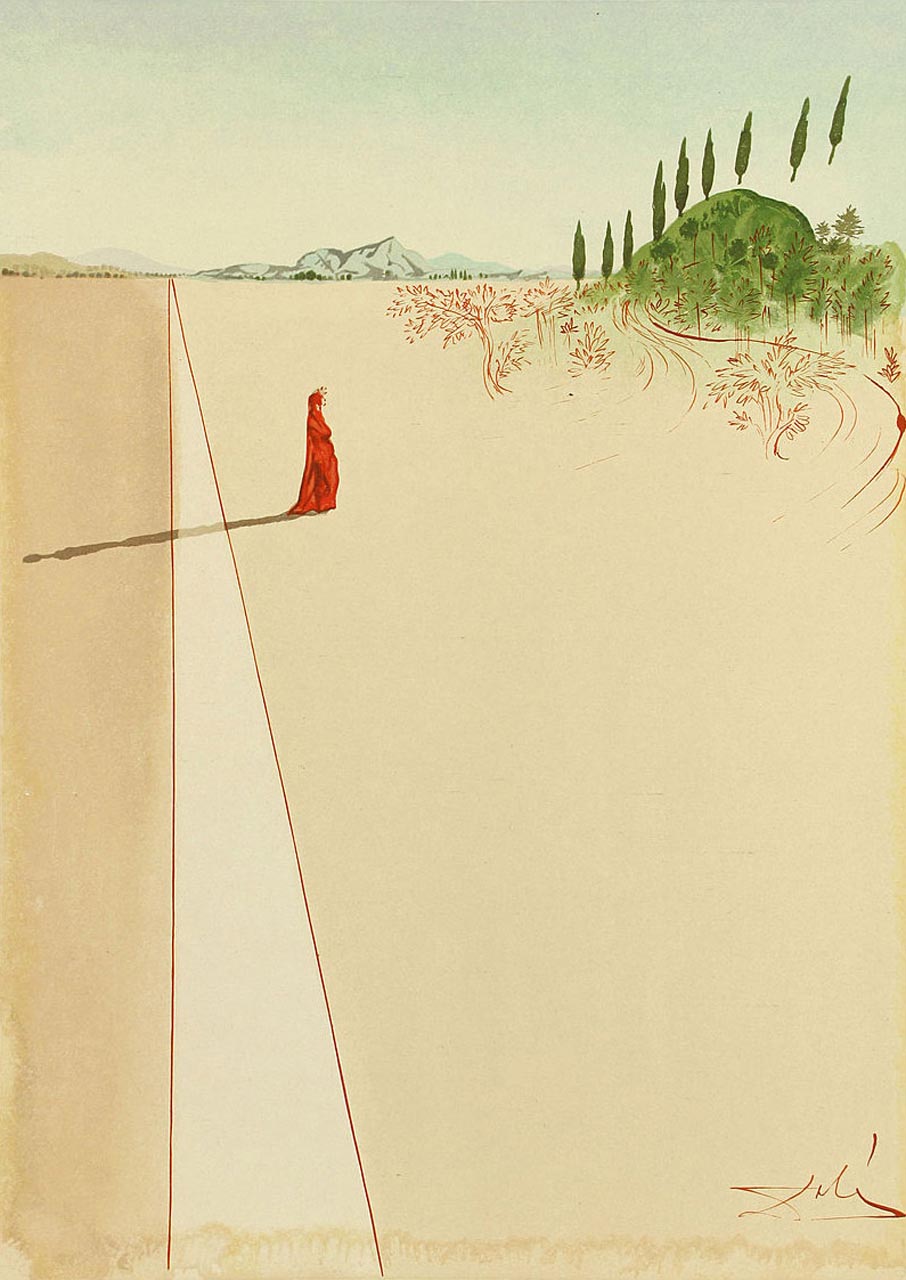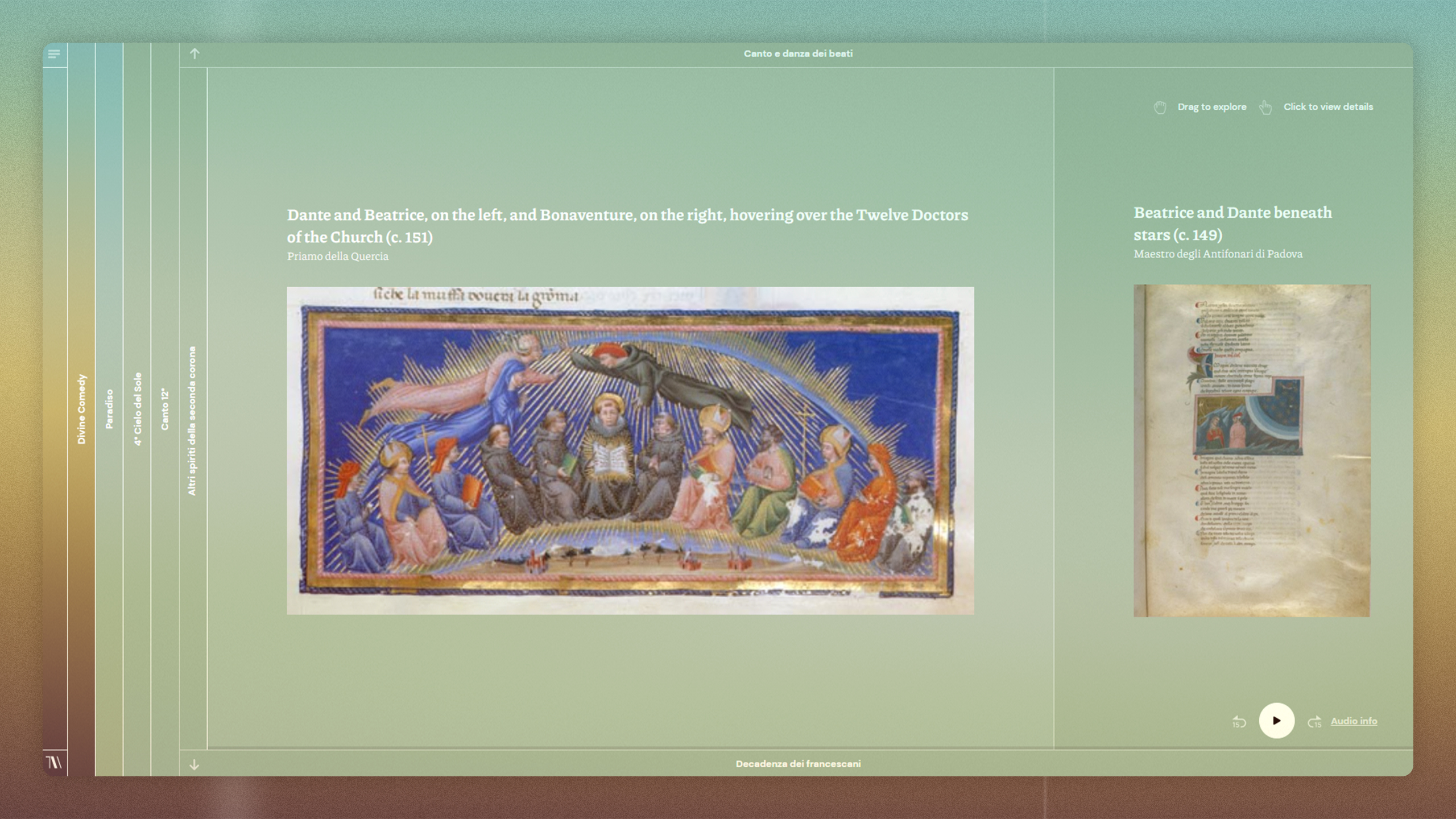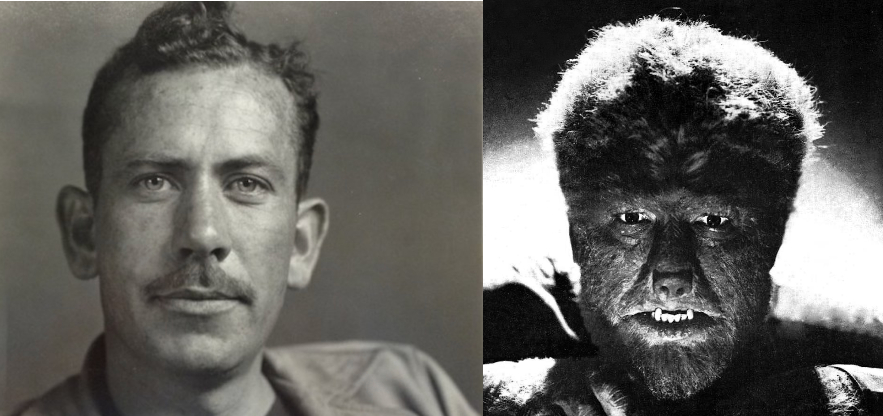You’re probably familiar with The Epic of Gilgamesh, the story of an overbearing Sumerian king and demi-god who meets his match in wild man Enkidu. Gilgamesh is humbled, the two become best friends, kill the forest guardian Humbaba, and face down spurned goddess Ishtar’s Bull of Heaven. When Enkidu dies, Gilgamesh goes looking for the only man to live forever, a survivor of a legendary pre-Biblical flood. The great king then tries, and fails, to gain eternal life himself. The story is packed with episodes of sex and violence, like the modern-day comics that are modeled on ancient mythology. It is also, as you may know, the oldest-known work of literature on Earth, written in cuneiform, the oldest-known form of writing.
This is one version of the story. But Gilgamesh beaks out of the tidy frame usually put around it. It is a “poem that exists in a pile of broken pieces,” Joan Acocella writes at The New Yorker, “in an extremely dead language.”
If Gilgamesh were based on a real king of Ur, he would have lived around 2700 BC. The first stories written about him come from some 800 years after that time, during the Old Babylonian period, after the last of the Sumerian dynasties had already ended. The version we tend to read in world literature and mythology courses comes from several hundred years later, notes the Metropolitan Museum of Art’s Ira Spar:
Some time in the twelfth century B.C., Sin-leqi-unninni, a Babylonian scholar, recorded what was to become a classic version of the Gilgamesh tale. Not content to merely copy an old version of the tale, this scholar most likely assembled various versions of the story from both oral and written sources and updated them in light of the literary concerns of his day, which included questions about human mortality and the nature of wisdom…. Sin-leqi-unninni recast Enkidu as Gilgamesh’s companion and brought to the fore concerns about unbridled heroism, the responsibilities of good governance, and the purpose of life.
This so-called “Standard Babylonian Version,” as you’ll learn in the TED-Ed video at the top by Soraya Field Fiorio, was itself only discovered in 1849 — very recent by comparison with other ancient texts we regularly read and study. The first archaeologists to discover it were searching not for Sumerian literature but for evidence that proved the Biblical stories. They thought they’d found it in Nineveh, in the excavated library of King Ashurbanipal, the oldest library in the world. Instead, they discovered the broken, incomplete tablets containing the story of Gilgamesh and Utnapishtim, who, like Noah from the Hebrew Bible, built an enormous boat in advance of a divinely ordered flood. The first person to translate the passages was so excited, he stripped off his clothes.
The flood story wasn’t the knock-down proof Christian scholars hoped for, but the discovery of the Gilgamesh epic was even more important for our understanding of the ancient world. What we know of the story, however, was already edited and redacted to suit a millennia-old agenda. The Epic of Gilgamesh “explains that Gilgamesh, although he is king of Uruk, acts as an arrogant, impulsive, and irresponsible ruler,” Spar writes. “Only after a frustrating and vain attempt to find eternal life does he emerge from immaturity to realize that one’s achievements, rather than immortality, serve as an enduring legacy.”
Other, much older versions of his story show the mythical king and his exploits in a different light. So how should we read Gilgamesh in the 21st century, a few thousand years after his first stories were composed? You can begin here with the TED-Ed summary and Crash Course in World Mythology video further up. Dig much deeper with the lecture above from Andrew George, Professor of Babylonian at the University of London’s School of Oriental and African Studies (SOAS).
George has produced one of the most highly respected translations of Gilgamesh, Acocella writes, one that “gives what remains of Sin-leqi-unninni’s text” and appends other fragmentary tablets discovered in Baghdad, showing how the meaning of the cuneiform symbols changed over the course of the millennia between the Old Babylonian stories and the “New Babylonian Version” of the Epic of Gilgamesh we think we know. Hear a full reading of Gilgamesh above, as translated by N.K. Sanders.
Related Content:
Hear The Epic of Gilgamesh Read in its Original Ancient Language, Akkadian
20 New Lines from The Epic of Gilgamesh Discovered in Iraq, Adding New Details to the Story
World Literature in 13 Parts: From Gilgamesh to García Márquez
Josh Jones is a writer and musician based in Durham, NC. Follow him at @jdmagness










